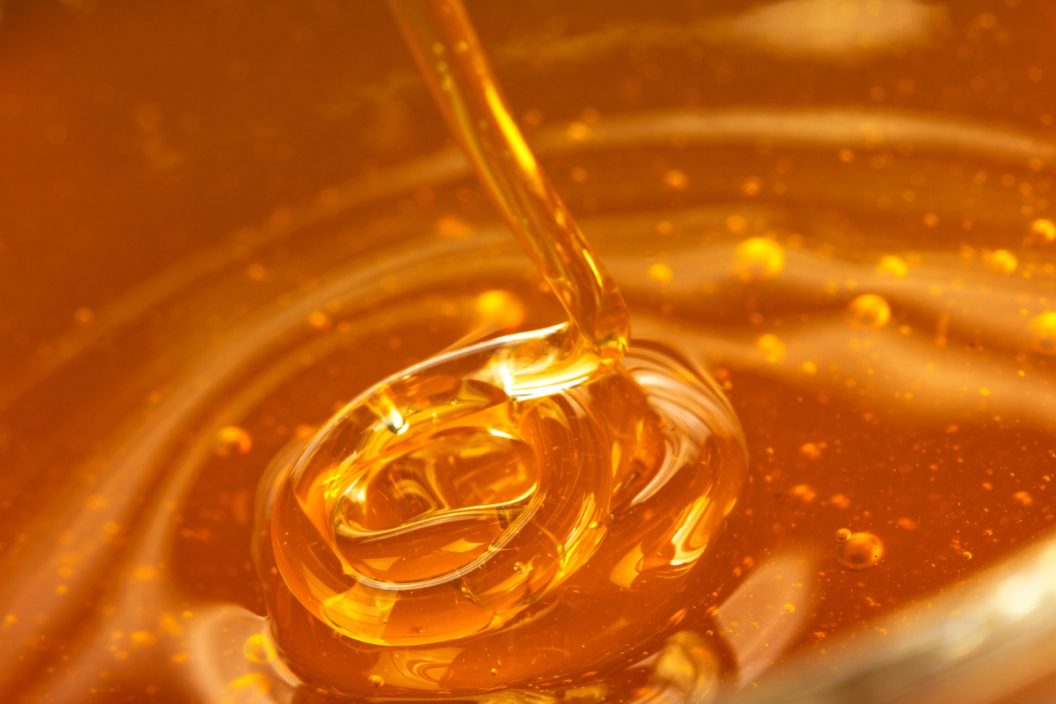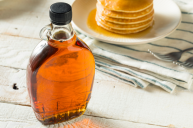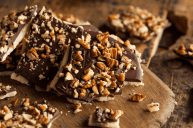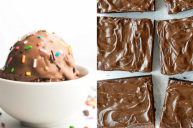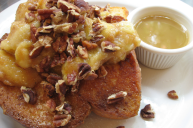Winnie the Pooh loves honey, and we do, too. It conjures comforting mugs of tea and warm biscuits slathered with honey butter. But there are perfectly good honey substitutes available when the real deal just isn't an option.
Videos by Wide Open Country
Bees produce honey from the nectar of flowers—and reportedly make only a tenth of a teaspoon of honey over a lifetime. The substance has a wide range of aromas and flavors: some honeys are thin, light, and floral— others are thick, dark, and reminiscent of burnt caramel. Depending upon the honey, one might discern aromas of citrus, tropical fruit, spice, toasted nuts, or wood.
This natural sweetener adds moisture and flavor to baked goods such as honey apple muffins, glazes and marinades, sauces, dressings, and even BBQ. It's an excellent addition to hot drinks, a lovely topping for toast or hot cereal, and a delight drizzled on fruit or a peanut butter sandwich. Combined with butter, it makes a delicious complement to a fried chicken biscuit.
Honey Substitutes
It's worth remembering that honey isn't for everyone. Ruth Reichl famously called it "overrated" and "a bully." It's also not vegan-friendly, and isn't recommended for infants less than a year old.
If you can't use it or you're all out-gasp!-there are other sweet, sticky substances ready to come to the rescue. Here's what they are and how they taste when swapped in for honey's most popular uses.
Golden Syrup
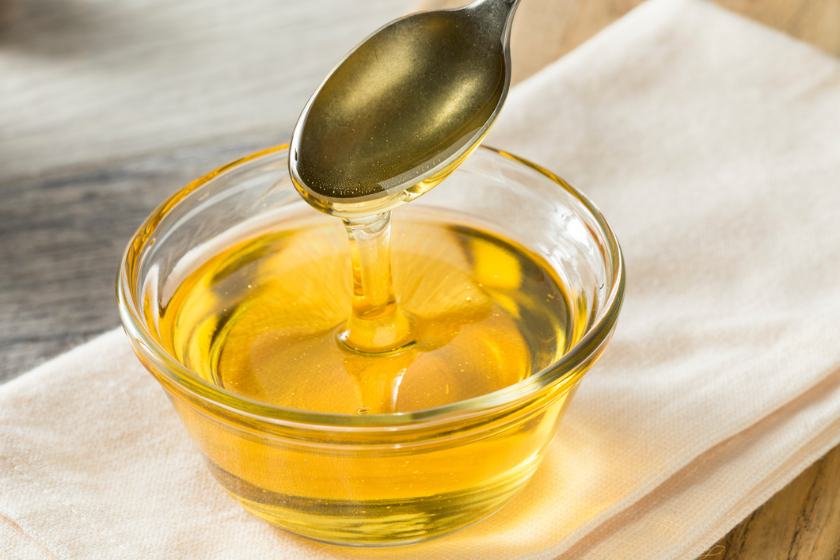
iStock/Getty Images
Golden syrup is a by-product of the sugar refining process that looks like very thick honey but tastes a little more like caramel. It's great drizzled on yogurt or toast or used in recipes that call for honey. It's also lovely in baking.
Caramel Sauce
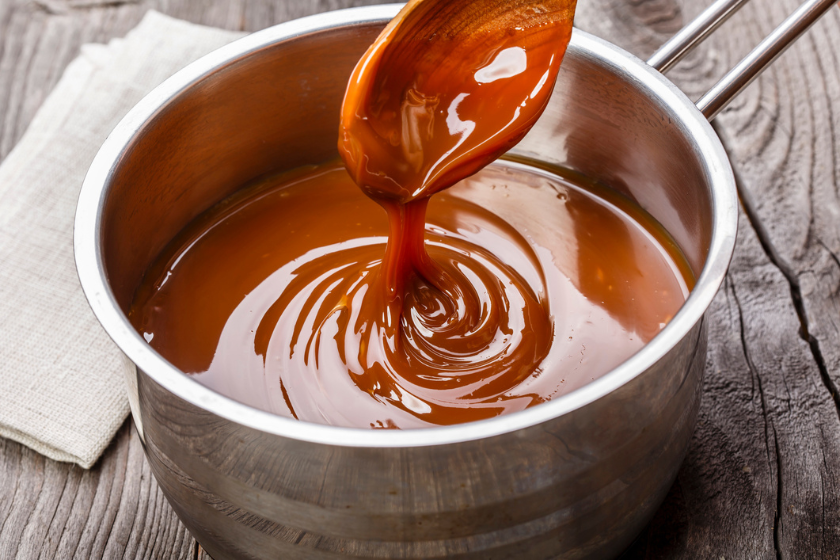
iStock/Getty Images
Composed of just sugar and butter, of course caramel sauce tastes buttery. The ice cream standby isn't designed for baking, however, so as a honey substitute, it didn't succeed on toast or as a sweetener for hot drinks. That said, I liked it in honey's stead with apples, mixed with mustard, and in granola recipes.
Maple Syrup
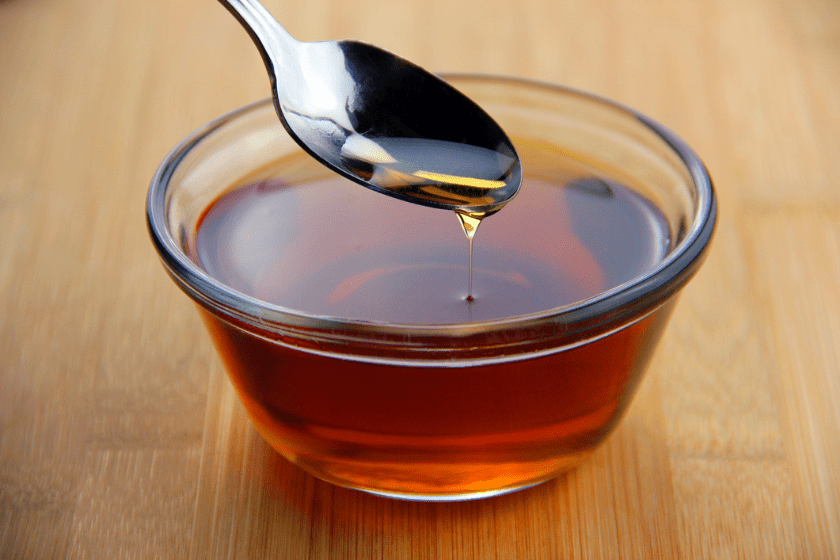
iStock/Getty Images
Maple syrup is the evaporated sap of sugar maple trees. It has a very distinctive flavor and is much thinner than honey. While some Canadians use it in coffee and tea, in the U.S. it's the go-to for topping pancakes and waffles. It's great to use in place of honey in savory recipes such as barbecue sauce, or in baking (so long as you like its distinctive, very pronounced flavor).
Corn Syrup
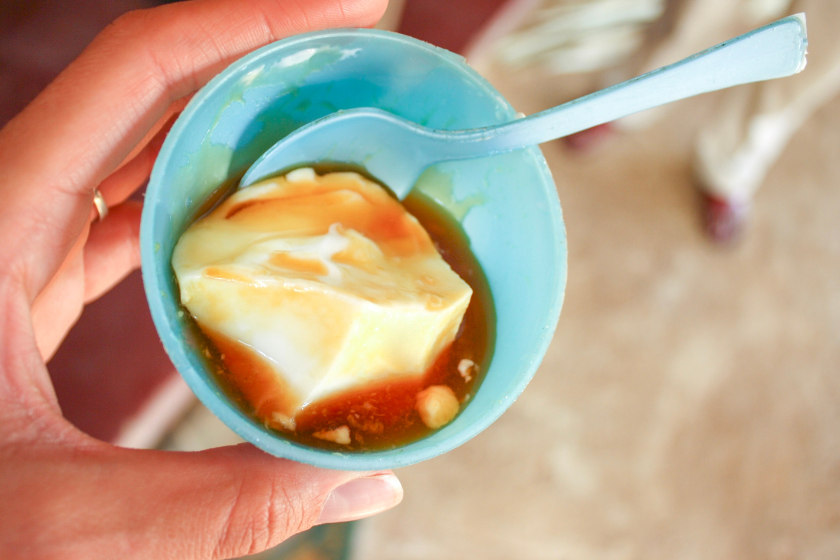
iStock/Getty Images
Corn syrup has very little flavor. It's useful for baking because it stays liquid and doesn't turn grainy when cooked. Sugar that has been extracted from corn and processed into liquid, corn syrup can replace honey when you just need sweetening, not flavor. It's also less sweet than honey. Stick to recipes for its use, as some may notice that on its own, it has a somewhat plastic-y flavor. (You wouldn't want to use corn syrup on toast or a sandwich.)
Agave Syrup
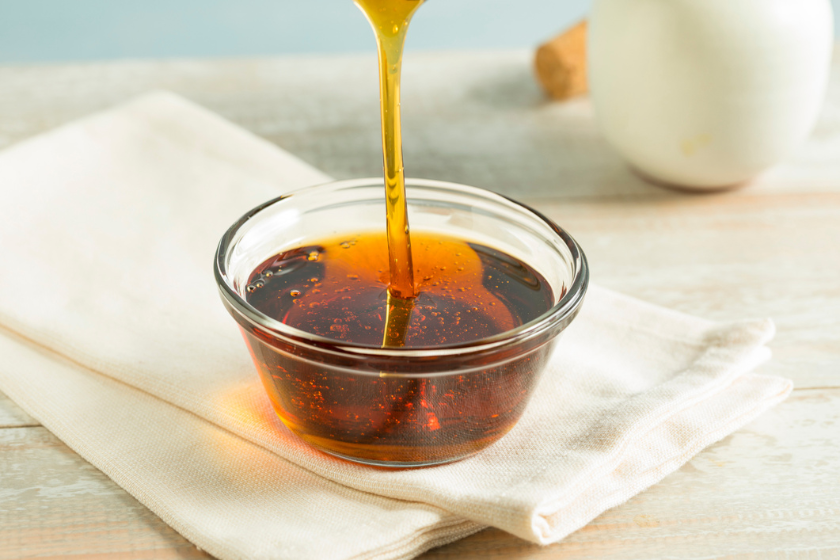
iStock/Getty Images
Agave syrup has become more widely available in recent years. It's largely comprised of fructose, so it's sweeter than table sugar, and you can use less of it. Agave is about as sweet as honey and is vegan-friendly, since no animals are involved in its production. Thanks to its silky viscosity and sweetness level, it's a good substitute for honey in most recipes.
Raw or Turbinado Sugar
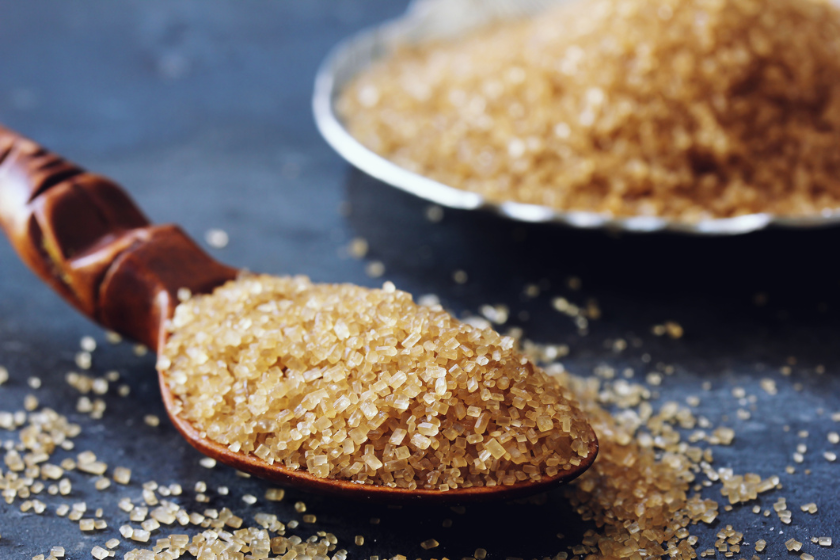
iStock/Getty Images
Raw or turbinado sugar is granulated, with a rough texture, but should still be considered a worthy substitute for honey in some applications because it has a very pleasing flavor. Only partly refined, it retains some of the molasses from sugarcane, and has a light caramel flavor. It's great as a topping for hot cereal or baked goods such as scones or muffins. You could also use it to make a simple syrup to sweeten hot or cold drinks.
While we still think honey is the bee's knees, we're glad there are so many great options when it's not available.
